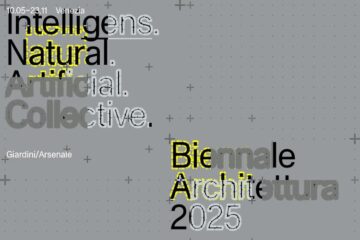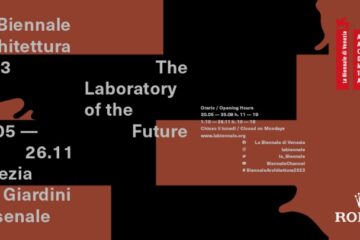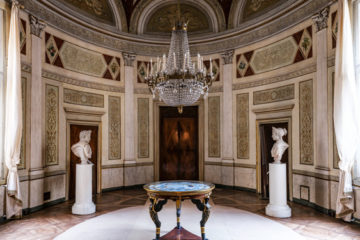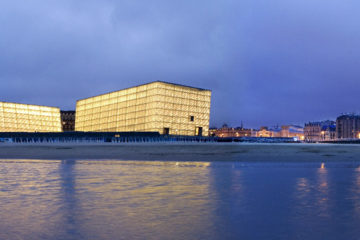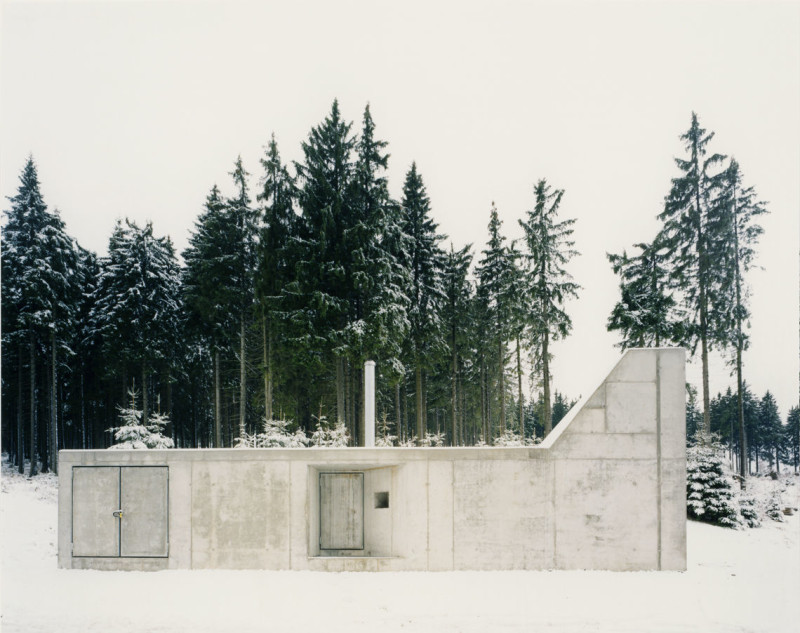
The concrete refuge by Berlin based architects AFF, was realised on Fichtelberg Mountain, in the upper Ore Mountains in Saxony, Germany close to the German Czech border.
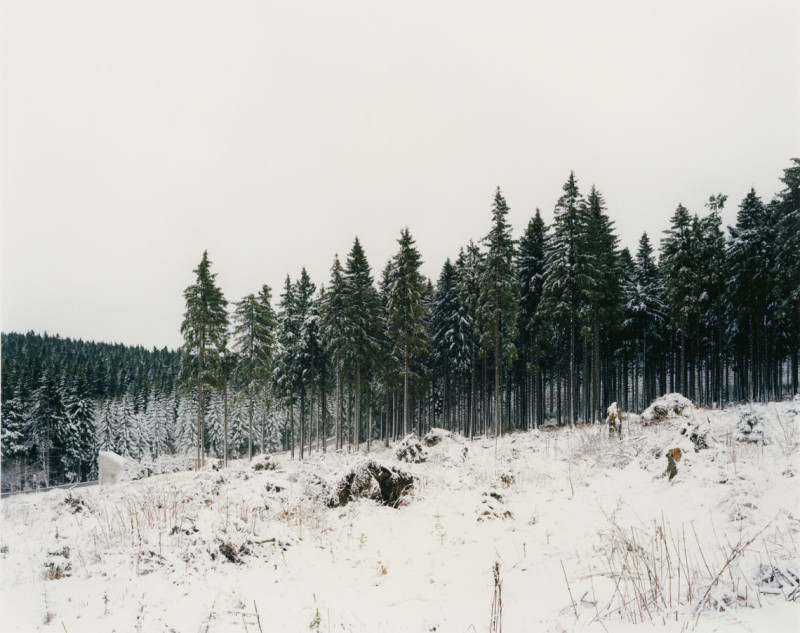
As architects stated: “the hut appears to have been wrestled from the surrounding landscape, a concrete sculpture at the side of the road from Rittersgrün and Oberwiesenthal through the Ore Mountains in Saxony. The border between civilisation and nature is where trees begin to outnumber houses.
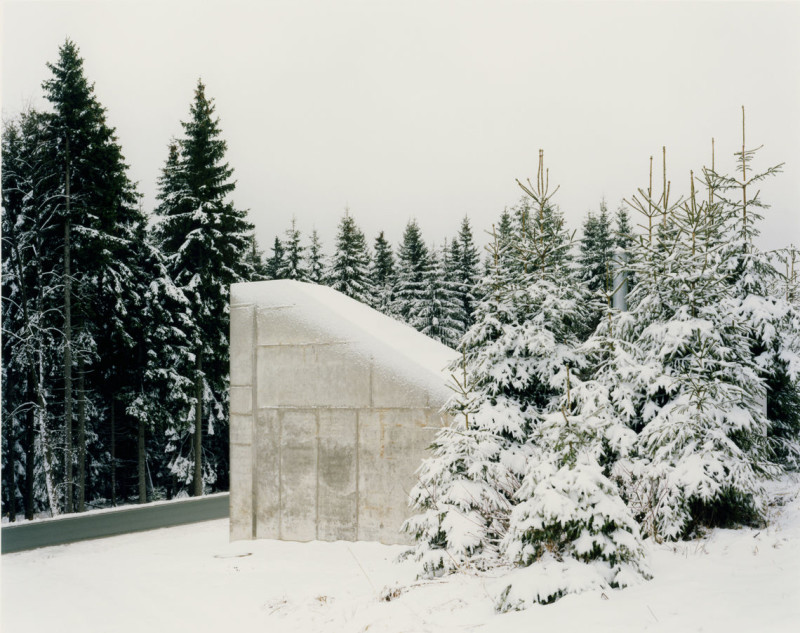
Here, away from the metropolis, there are no technological helpers, mobile phone signals, dishwashers, microwaves, televisions or condensing heaters. The concrete structure opens only to the forest, like a bus stop opens only to the street, always in the direction of the intended destination.
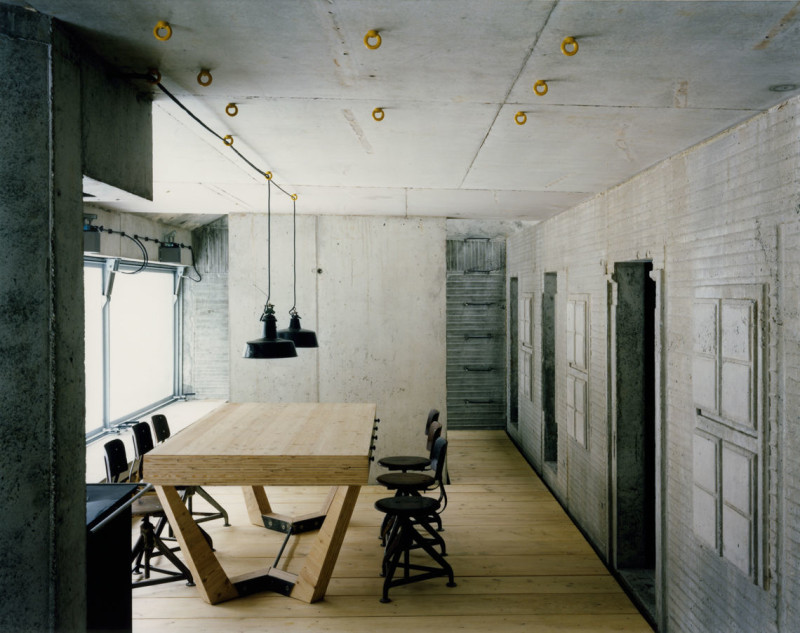
Far away from snow making machines, snowboard slopes or leisure spas, the space created here distances itself from the dynamics of modern life and consciously avoids its busy-ness. This mountain hut, which offers catering facilities and accommodation for six to eight people, is simple, spartan and the quality of the details is derived solely from tangible things.
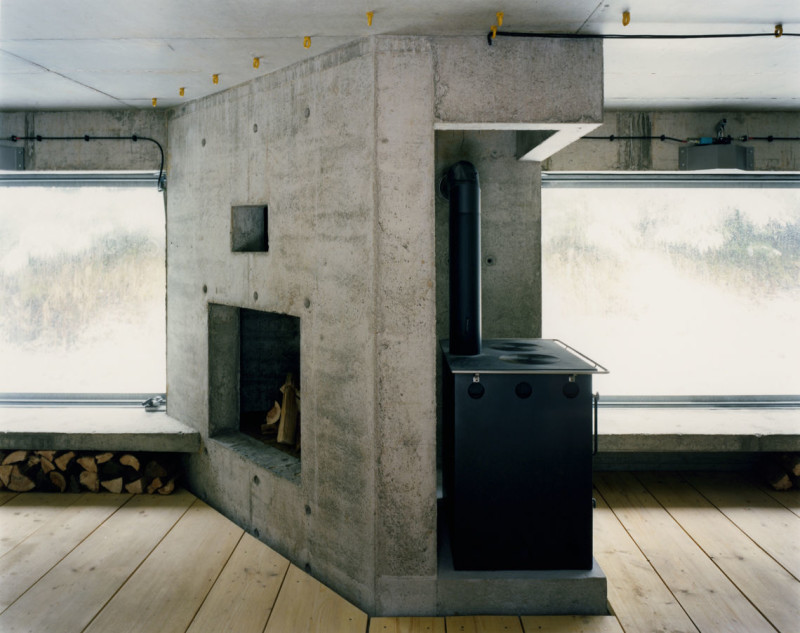
Walls and ceilings are formed in concrete; the wooden floor boards are made from locally cut spruce trees; fittings like switches, lights, chairs and wash basins are made of recycled components, the stoves are steel and the windows are generously proportioned. Unostentatious and sparse from a technical, functional and aesthetic point of view, the mountain hut performs its tasks efficiently and without daring technical features.
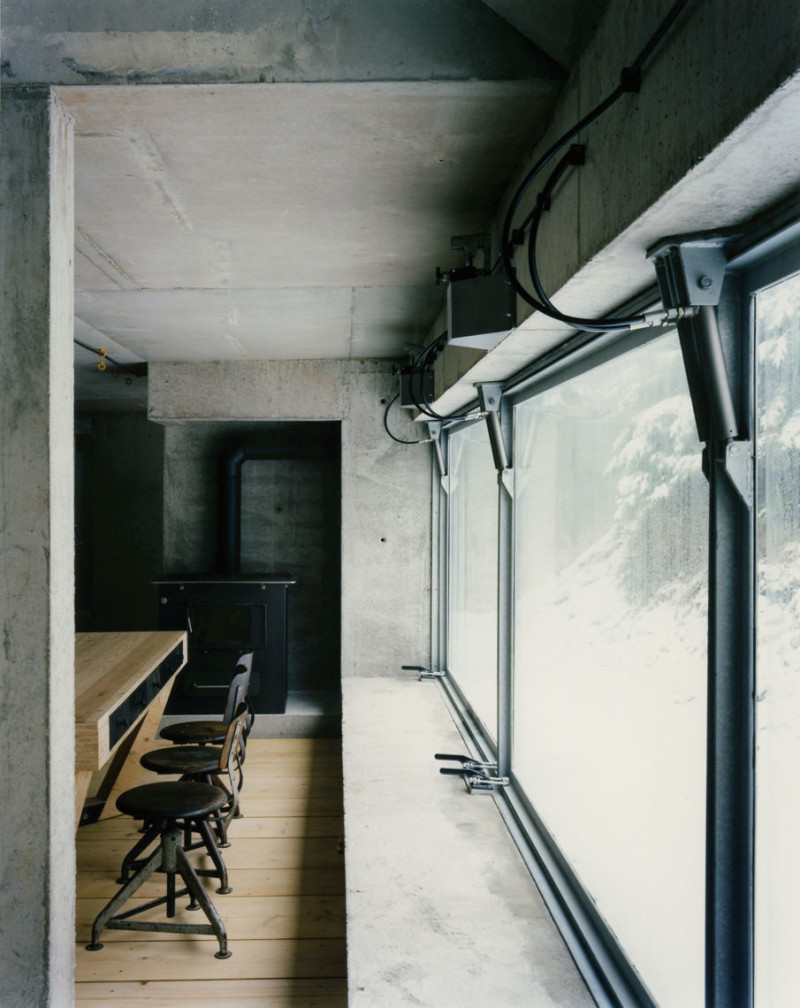
Its modesty meets the requirements of any hiker, who will confirm that an impressive peak, fresh air and a tasty snack are all they need for an elemental experience, just like Hans in the Grimms’ fairytale “Hans in Luck”, to whom freedom was more important than possessions and wealth.”
Images courtesy of Hans Christian Schink
Discover: www.aff-architekten.com
